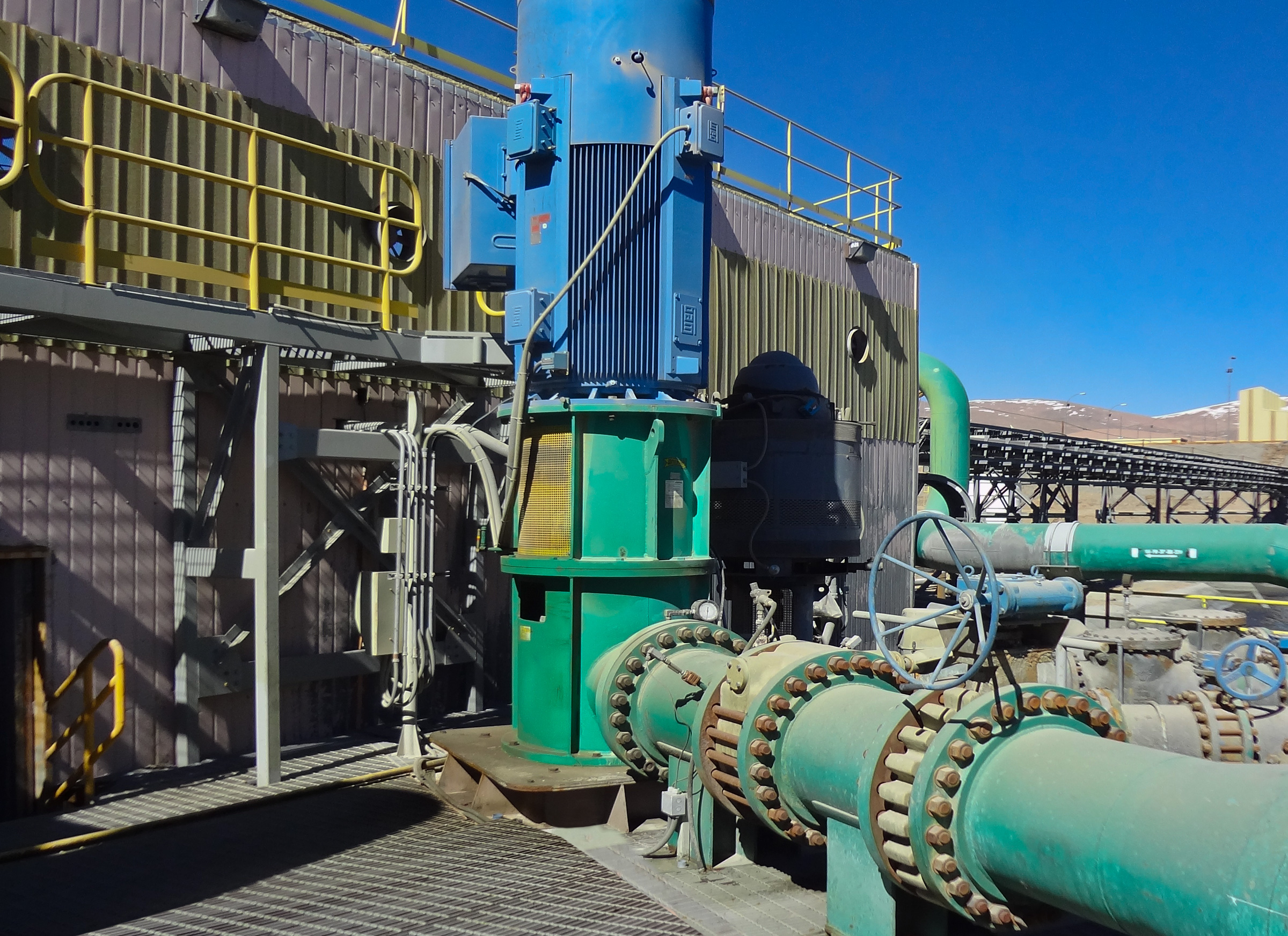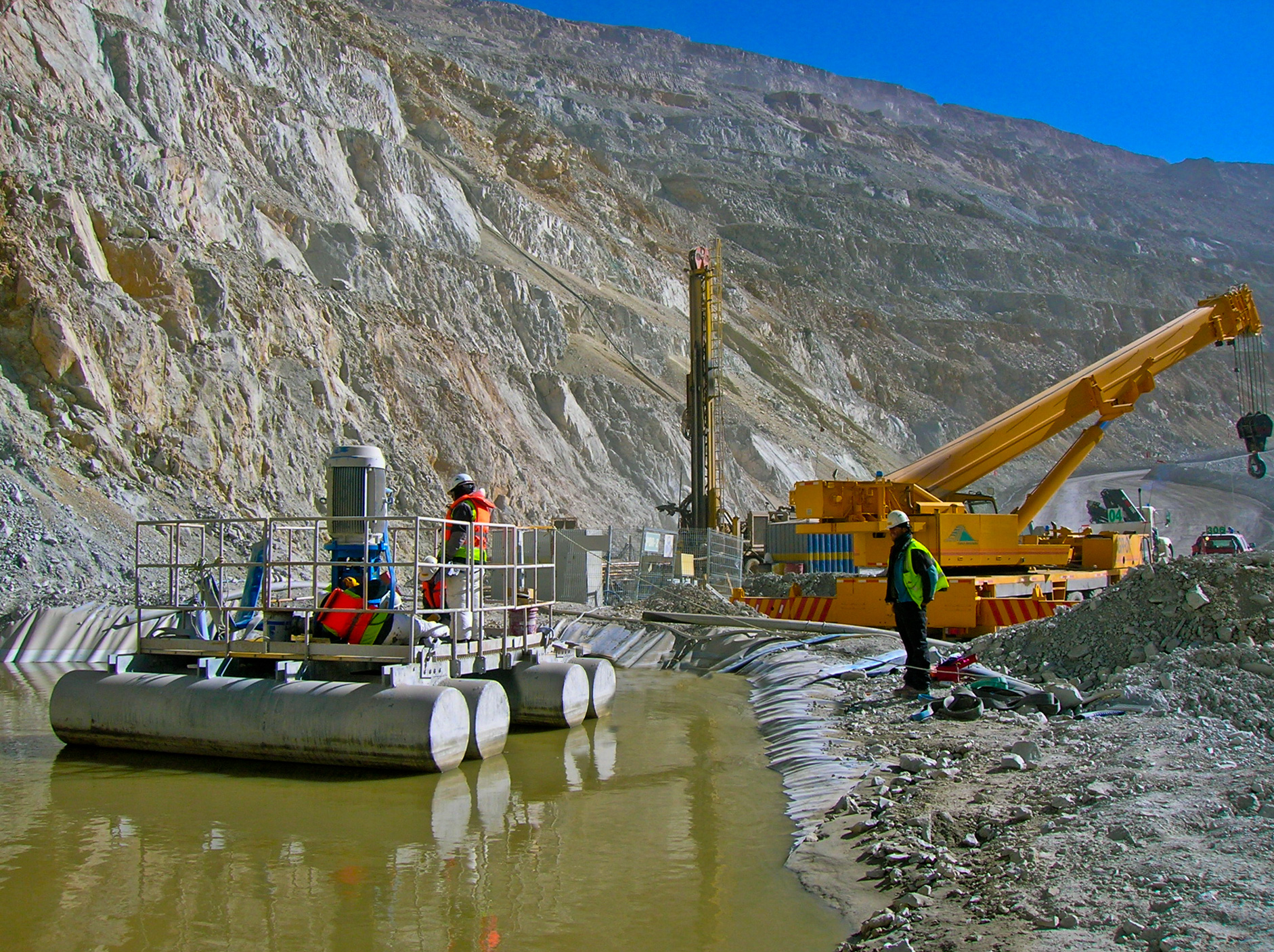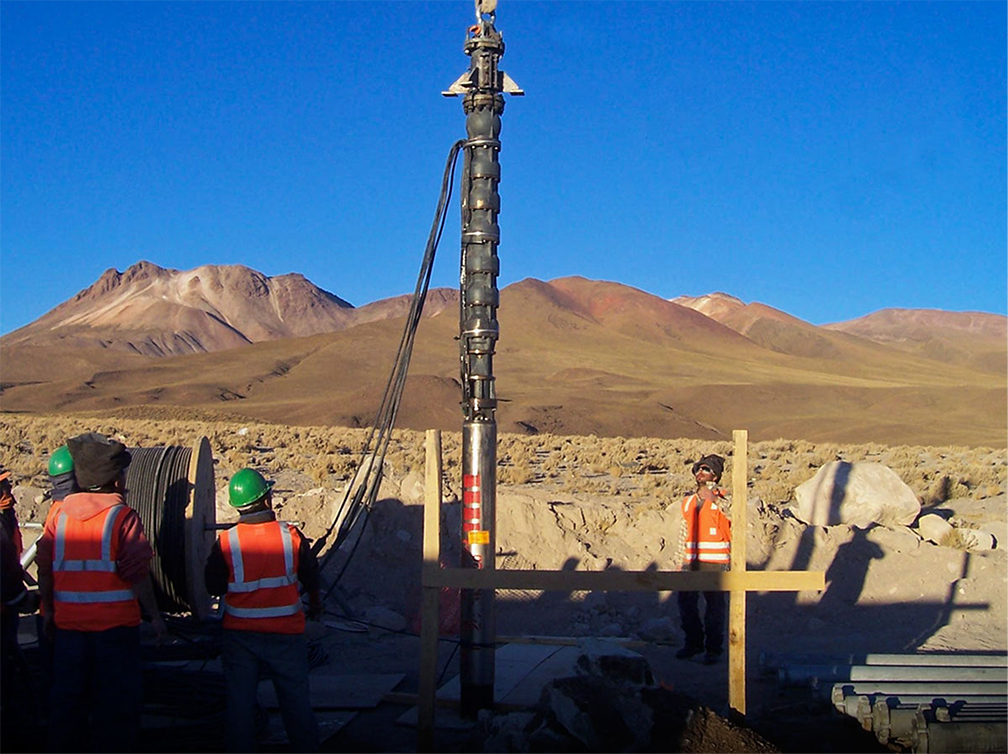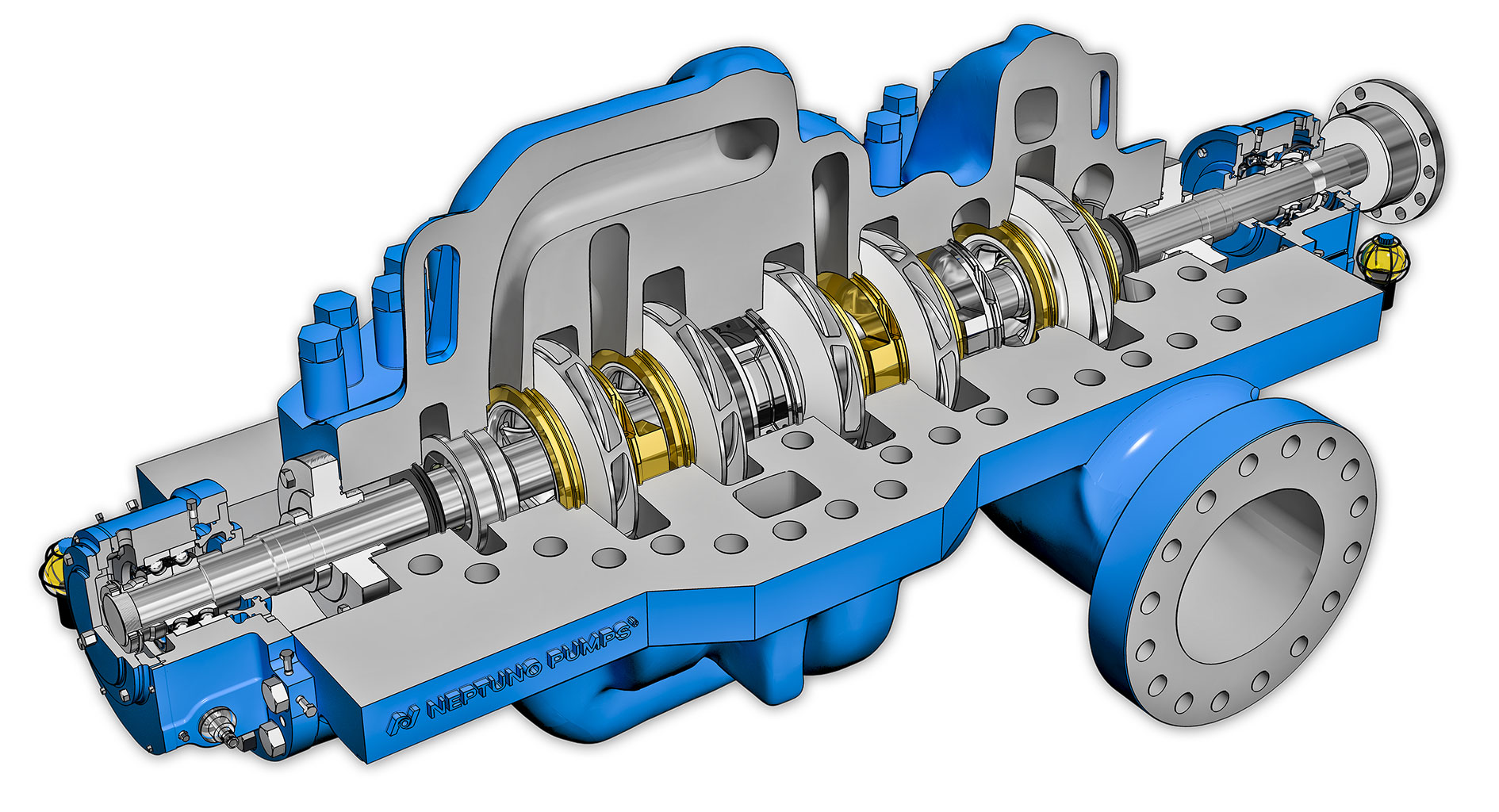In recent years, Latin America has become a major player in the mining industry worldwide. Many engineering, procurement and construction management (EPCM) companies are developing projects for mining companies that operate in Chile and Peru—where the portfolio, just for copper projects, will total about $70 billion in the next few years.
Each project must include a guaranteed source of water to provide the daily requirements for its process and the financial viability of the companies involved. However, because of the large number of projects that are simultaneously being developed in the area and the huge volumes of water involved with each one, water sourcing is a major challenge. Many factors influence the water challenge, including:
- Environmental concerns
- Water scarcity
- Community conflicts
This has pushed engineering and pump companies to examine and take the initiative. They must find new solutions that can optimize the need for fresh water, while avoiding any environmental or social concerns.
Recycled Water
Recycling water during mining operations is a first solution for water scarcity issues. Process water stored in reclaim ponds is one source and another is water that is dewatered during open-pit operations.
Reclaim Water
Every day, meeting the water supply needs becomes more difficult for mining companies. Therefore, recycling process water has become an opportunity to guarantee a sustainable supply system. This can be achieved by the design of a closed-loop recycling circuit that includes a reclaim water pumping system that allows the wastewater to be fed back to the start of the process. A well-designed reclaim water system can reuse up to 80 percent of the process water.
To minimize water loss, an efficient design should consider reducing water surfaces to minimize evaporation, as well as prevent contact between the pond and the ground through the use of High-density polyethylene (HDPE) geomembranes, reducing losses related to water filtration.
Vertical turbine pumps represent an ideal solution for this application because of their performance versatility, multistage nature and length design flexibility (see Image 1). Several variables must be considered for selecting the right equipment, including fluid characteristic—such as solids concentration and chemical composition. (For more details, please read “Reclaim Water Pumping,” Pumps & Systems, March 2012)
 |
| Image 1. A reclaim water system employing a 1,400-horsepower pump |
Mine Dewatering
An open pit mine is a type of surface mining. The top layers of the land are removed until the rock or mineral is visible. This creates a gigantic, open hole—or pit—that keeps getting deeper until groundwater appears, which makes it impossible for machines to continue working in the bottom of the pit.
 |
| Image 2. A dewatering pumping system at work in an open pit mine in northern Chile |
Mine water is subject to cyclic and climatic conditions, such as rainfall, which can be particularly important in South America’s central Andean region where highly intense rains and thunderstorms occur from January through February, called the altiplanic winter. These rains and storms are due to the moist air that comes from the east (where Bolivia and the Amazon are located) and brings unsettled weather and occasional snow.
Pit floor sump pumping and adequate booster facilities to remove surface water inflow and other water accumulation in a timely manner is often an essential requirement, depending on the specific mine setting. Effective dewatering operations create dry conditions so that the earth can be safely excavated, reducing drilling and blasting costs. Additionally, wear and corrosion on equipment is minimized, further reducing operational costs.
The most effective way to accomplish an efficient dewatering system is with a complete engineered heavy-duty dewatering package (see Figure 1), which includes modular barge pumps and booster stations. Engineered barge pump systems with vertical turbine pumps can deliver high heads up to 300 meters or 984 feet, which eliminates the need for an immediate booster station. They should be installed in the next higher mine bench level, diminishing the equipment used in the mine pit.
One important consideration is that this mixture of underground and surface wastewater has not previously been considered for use in the process. However, depending on the quantity and quality of groundwater collected, it can become an important available water resource for operations.
Deep Wells
For several years deep, well pumping from aquifers was routinely used as a major water source for most mining companies operating in the Andean region. In the 1990s, when most of the world’s biggest mining projects began in the region, most of the boreholes needed to collect the water required small diameters (from 6 to 10 inches) and just a few hundred meters in depth to reach the underground water levels and pump the required capacity.
Drilling boreholes can be expensive and end users want to keep them as small in diameter and depth as possible. However, as years passed, water levels decreased, requiring deeper wells and more powerful pumps capable of reaching higher heads and capacities, up to 500 meters or 1,640 feet. This, with the presence of solids inside the wells, required the use of engineered multistage deep well submersible pumps manufactured from special materials that could handle the required high heads while withstanding the abrasive condition of the fluids (see Figure 3).
However, in the last few years, government regulations, water scarcity and the recognition of its importance as a sustainable resource are pushing operators to abandon this pumping alternative, opening the path to new water sources and technologies such as the extensive use of desalinated sea water in the mining industry.
 |
| Image 3. A deep-well pump installation of a multistage submersible pump in the Andes |
Desalination
Water scarcity has led mining companies to consider the construction of desalination plants so that seawater—which must be transported from the Pacific Ocean high into the Andes Mountains—where many mining operations take place, with altitudes up to 5,000 meters above sea level or 16,400 feet above sea level. In Chile, several projects are approved for a total of $ 4 billion during the next few years, some involving the longest pipelines ever seen in the mining industry, reaching up to 400 kilometers or 250 miles.
Desalinated water has been proven effective for most mining processes, especially in copper mining—such as copper flotation and SX/EW. Some mining companies use raw seawater in their processes. This has become a technological challenge for engineering and pump companies. They must select advanced materials that can withstand the saltwater corrosion, such as duplex or super duplex stainless steels. They must also consider special design criteria for high pressures and heavy-duty operations. As a result, most seawater desalination plants use basically the same equipment and technology for their processes, with vertical turbine pumps on their intake station, followed by a number of booster stations equipped with high-pressure axial split case pumps (see Figure 1).
 |
| Figure 1. Axial split case pumps are ideal for high-pressure, corrosive applications |
The main challenge for this application is not the treatment cost, as membrane desalination technologies—for reverse osmosis (RO) plants—have become increasingly attractive. The large part of the costs is associated with transporting the water from sea level up to the mining operations. Today, the cost of transporting treated seawater to high-altitude mining operations can be up to 10 times the cost of producing the desalinated water on the coast.
Companies must also be compliant with strict effluent discharge regulations in Peru and Chile regarding desalination plants. For example, sulfate discharge in Chile has to be less than 250 milligrams per liter, and total dissolved solids must be less than 500 milligrams per liter in Peru. The high altitude and regulations represent a huge challenge for engineering and pump companies when searching for the right technology that will guarantee a cost-effective, environmentally-safe treated seawater supply for mining companies which is independent from the variability of metal prices.
The Future
It is widely accepted that water shortage is a near-term situation and that hydrological demands for future mining projects have already surpassed the supply limits accepted by governments and communities in many areas. As discussed in the article, mining companies are conscious of this issue and have been proactively working with engineering firms and pump companies to incorporate new processes and technologies to increase and guarantee water to the mines in the region.
The time has come for collaboration, creating a synergy between suppliers and customers. This will allow engineering and pump companies and operators to work together and develop new solutions for more efficient water management, while avoiding environmental and social concerns with the ultimate goal of saving this vital element for coming generations.


